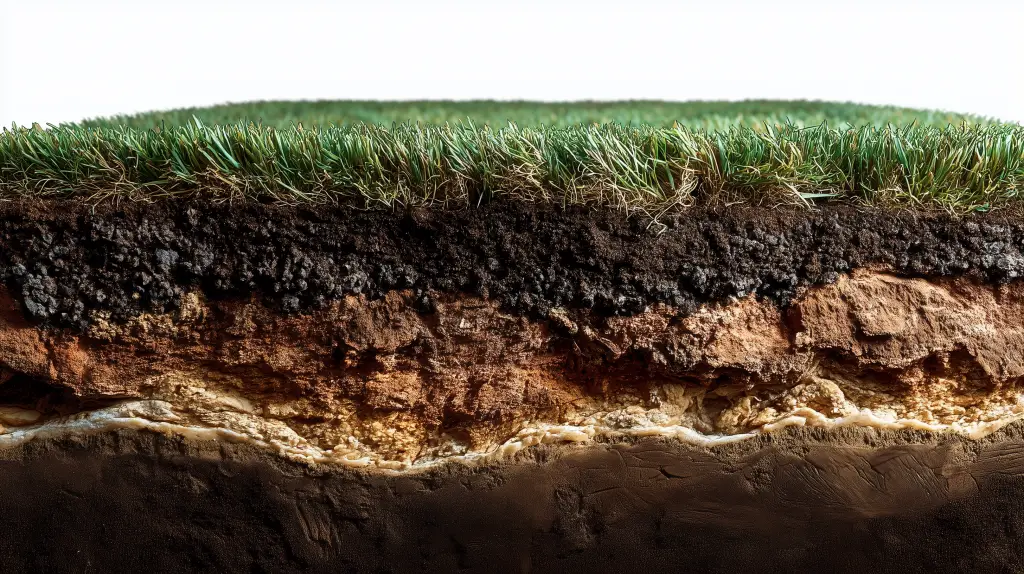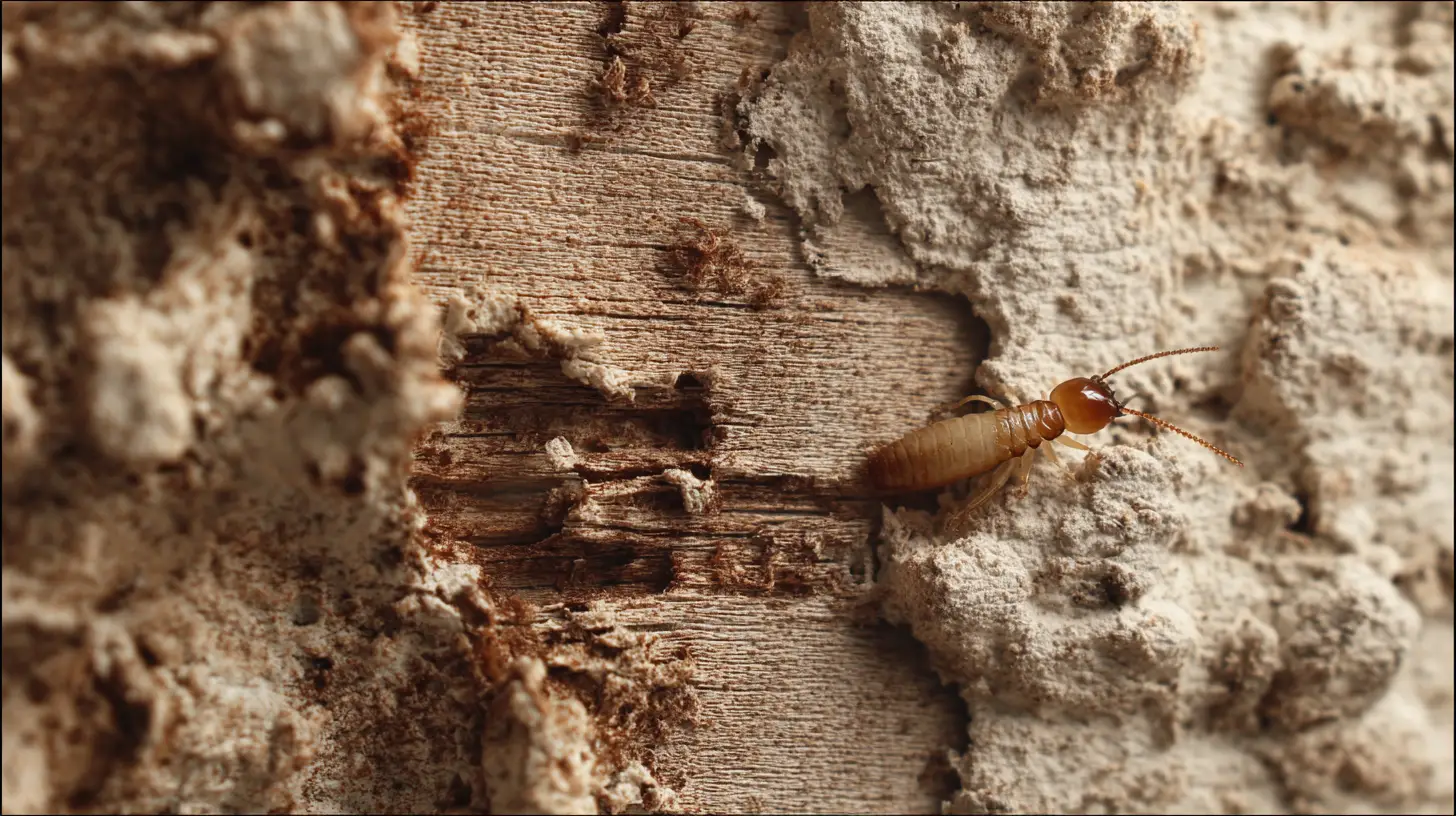
Table of Contents
If you’re gardening or landscaping in Lakewood Ranch, Florida, understanding soil amendments is crucial for creating thriving plants and beautiful outdoor spaces. Our unique sandy soil conditions require specific amendments to support healthy plant growth, retain moisture, and provide essential nutrients. This comprehensive guide covers everything you need to know about soil amendments in Lakewood Ranch, FL.
Key Takeaways
- Test First, Amend Second: Always start with a professional soil test to determine exact pH and nutrient needs before purchasing amendments.
- Organic Matter is Essential: Lakewood Ranch’s sandy soils desperately need organic amendments to retain water and nutrients.
- Slow-Release is Superior: Controlled-release and organic fertilizers work better than quick-release products in our fast-draining soils.
- pH Management Matters: Many Lakewood Ranch soils need lime to raise pH, while acid-loving plants may need sulfur amendments.
- Timing is Critical: Apply amendments 3-6 weeks before planting and avoid heavy applications before the rainy season.
- Less Can Be More: Follow label rates carefully – Florida soils respond quickly to amendments, and excess nutrients can leach into groundwater.
Understanding Lakewood Ranch Soil Conditions
Lakewood Ranch’s soils are typical of central Florida: very “sugary” sand that’s extremely well-draining and low in organic matter. While this drainage prevents waterlogging, it also means water and dissolved nutrients quickly leach away from plant roots. The median soil pH in Florida is around 6.1, with many inland soils like those in Lakewood Ranch tending toward slight acidity.
These sandy soils present several challenges for gardeners:
- Rapid water loss requiring frequent irrigation
- Nutrient leaching meaning fertilizers wash away quickly
- Low organic matter reducing soil biology and structure
- Poor nutrient retention making plants prone to deficiencies
- Potential compaction from construction activities
Before selecting soil amendments in Lakewood Ranch, FL, always start with a soil test to determine pH and nutrient levels. This scientific approach ensures you choose the right amendments for your specific conditions.

Get Pest-Free Today!
Trust Waves Pest Control for expert pest solutions in Florida. Call now or request your free quote online!
Request a QuoteEssential Organic Soil Amendments for Lakewood Ranch
Organic amendments are the foundation of healthy soil in Lakewood Ranch, dramatically improving water-holding capacity, nutrient retention, and beneficial soil life.
Compost: The Universal Soil Improver
Application: Incorporate 2-3 inches (about 1-2 lbs/ft²) into beds at least 3-6 weeks before planting.
Benefits:
- Improves soil texture and water retention
- Slowly releases nutrients as it decomposes
- Feeds beneficial soil microorganisms
- Suitable for all types of plantings
Best Sources: Yard waste compost, municipal compost, or high-quality commercial compost
Composted Manures: Nutrient-Rich Soil Builders
Application: Broadcast 25-100 lbs per 100 ft² before planting, or side-dress with 5 lbs/100 ft² during the growing season.
Types and Benefits:
- Cow manure: Well-balanced nutrients, widely available
- Chicken manure: High nitrogen content, excellent for vegetables
- Horse manure: Good structure improvement, moderate nutrients
Important Note: Always use well-aged manure to prevent burning plants and ensure pathogen safety.
Specialized Organic Amendments
Bone Meal (3-15-0)
- Application: Mix 2-3 cups per 100 ft² into soil at planting
- Benefits: Excellent phosphorus source for root development and flowering
- Best for: Flowering plants, fruit trees, and bulbs
Blood Meal (12-0-0)
- Application: Use 1-2 cups per 100 ft² as top-dress or side-dress
- Benefits: Fast-release nitrogen boost
- Best for: Vegetables and quick-growing annuals
Worm Castings
- Application: Top-dress 1-2 lbs per 10 ft² or use as compost tea
- Benefits: Extremely nutrient-rich (N-P-K ~1-0.5-0.5) with beneficial microbes
- Best for: All plants, especially vegetables and container gardens
Advanced Organic Amendments
Cover Crops (Green Manures)
- Plant legumes like clover, sunn hemp, or peas in fallow beds
- Till in when mature to add nitrogen and organic biomass
- Excellent for long-term soil building between growing seasons
Biochar
- Mix into soil at 10-20% by volume
- Significantly improves nutrient and water retention
- Boosts beneficial fungal activity when combined with compost
Critical Inorganic Soil Amendments for Lakewood Ranch
While organic matter is essential, specific mineral amendments address pH issues and provide targeted nutrients.
pH Adjustment Amendments
Dolomitic Lime
- Use when soil pH is below 6.0
- Application: 5-10 lbs per 1,000 ft² based on soil test results
- Benefits: Raises pH while supplying calcium and magnesium
- Method: Till into top 6 inches of soil
Elemental Sulfur
- Use for acid-loving plants or alkaline soil spots
- Application: 5-10 lbs per 1,000 ft² (don’t exceed this rate)
- Benefits: Gradually lowers pH over several months
- Method: Sprinkle on soil surface and water in
Structural and Nutrient Amendments
Gypsum (Calcium Sulfate)
- Application: 20-40 lbs per 1,000 ft²
- Benefits: Improves soil structure without changing pH
- Best for: Compacted soils or high-sodium conditions
- Supplies calcium and sulfur
Iron Supplements
- Iron Sulfate: 2 oz per 1,000 ft² mixed in water
- Chelated Iron (Fe-EDDHA): Soil drench for persistent deficiencies
- Benefits: Quickly corrects iron chlorosis (yellowing) in grass and plants
- Essential in Lakewood Ranch’s sometimes alkaline conditions
Magnesium Sulfate (Epsom Salt)
- Application: ½-1 cup per 1,000 ft² or per tree drip line
- Benefits: Corrects magnesium deficiency, particularly in palms and citrus
- Provides both magnesium and sulfur
Modern Fertilizer Options as Soil Amendments
Controlled-Release Fertilizers
- Examples: Osmocote Smart-Release 14-14-14, Nutricote
- Benefits: Release nutrients over 3-4 months, minimizing leaching
- Application: Mix into soil or broadcast according to label
- Ideal for Lakewood Ranch’s sandy, fast-draining soils
Slow-Release Organic Fertilizers
- Examples: Milorganite 6-4-0, Espoma Plant-Tone 5-3-3
- Benefits: Gradual nutrient release with organic matter addition
- Safe from burning and environmentally friendly
Biological and Specialty Soil Amendments
Mycorrhizal Inoculants
- Apply at planting time for trees and ornamentals
- Help roots explore larger soil volumes for nutrients and water
- Particularly beneficial in Lakewood Ranch’s nutrient-poor sands
Humic Acids and Seaweed Extracts
- Act as biostimulants that chelate nutrients
- Improve plant stress tolerance and microbial activity
- Apply as soil drench or foliar spray at planting
Soil Probiotic Blends
- Contain beneficial bacteria and fungi (Trichoderma, Bacillus)
- Enhance root health and nutrient uptake
- Use as seed treatment or root dip at planting
Application Guidelines for Lakewood Ranch Conditions
Timing Your Amendments
Pre-Planting Preparation
- Amend soil 3-6 weeks before planting to allow settling
- This timing is especially important before Florida’s rainy season
- Allows organic matter to begin decomposing and integrating
Seasonal Applications
- Spring: Top-dress established beds with compost
- Fall/Winter: Apply lime or sulfur for pH adjustment
- Growing Season: Side-dress with quick-release organics as needed
Proper Application Techniques
Incorporation Method
- Till amendments into the top 6-8 inches of soil
- Essential for new beds and vegetable gardens
- Ensures even distribution and soil contact
Surface Applications
- Top-dress established plantings rather than disturbing roots
- Use organic mulch to gradually add organic matter
- Water amendments in thoroughly after application
Fertilizer Placement
- Broadcast granular fertilizers evenly around plant drip lines
- Avoid direct contact with trunks or stems
- Water immediately after application to prevent volatilization
Soil Amendment Recommendations by Plant Type
For Lakewood Ranch Lawns
Primary Amendments:
- Use turf-specific fertilizers (15-0-15 ratios common in Florida)
- Apply 3-4 times per year from spring through fall
- Half of nitrogen should be slow-release to prevent leaching
- Add iron sulfate in mid-summer for green-up
Soil Improvement:
- Aerate compacted areas before amendment
- Top-dress thin areas with compost-sand mixture
- Apply dolomitic lime if soil test shows pH below 6.0
For Vegetable Gardens
Pre-Planting:
- Mix 2-4 inches of compost or aged manure into beds
- Use complete fertilizer (10-10-10) at planting
- Add bone meal for root crops and fruiting plants
Maintenance:
- Side-dress nitrogen-hungry crops (tomatoes, corn) with blood meal
- Maintain soil pH 6.0-6.8 with lime applications
- Use cover crops in winter to enrich soil naturally
For Fruit Trees
Annual Program:
- Apply balanced fertilizer (6-4-6 or 8-3-9) 3-4 times per year
- Spread 1 pound per year of tree age around drip line
- Maintain compost mulch layer for ongoing nutrition
Micronutrient Management:
- Apply chelated iron, zinc, and boron as foliar sprays
- Essential in Lakewood Ranch’s higher pH conditions
- Apply during rainy season when granular nutrients lock up
For Ornamental Beds
Foundation Plantings:
- Mix organic matter into planting holes
- Use slow-release shrub fertilizer (8-4-12) each spring
- Supplement with liquid feeds (fish emulsion) every 2-4 weeks
Acid-Loving Plants:
- Apply elemental sulfur to maintain pH around 5.5
- Use pine bark mulch to gradually acidify soil
- Choose sulfur-coated fertilizers over lime-based products
Frequently Asked Questions (FAQs)
How often should I test my soil in Lakewood Ranch?
Test your soil every 2-3 years to monitor pH changes and nutrient levels. If you’re establishing new beds or having plant health issues, test annually. UF/IFAS Extension offers reliable soil testing services specifically calibrated for Florida conditions.
What’s the best compost for Lakewood Ranch gardens?
High-quality yard waste compost or municipal compost works excellently. Avoid compost made primarily from food waste, which may be too nitrogen-rich. Look for compost that’s dark, crumbly, and earthy-smelling without visible chunks of uncomposted material.
When is the best time to apply lime in Lakewood Ranch?
Apply lime in fall or winter, at least 3-6 months before planting. This allows time for the lime to react with soil and change pH. Never apply lime and fertilizer at the same time, as they can interact and reduce effectiveness.
How much organic matter should I add to new garden beds?
For new beds in Lakewood Ranch, incorporate 2-4 inches of compost or aged manure into the top 6-8 inches of soil. This typically equals about 1-2 pounds per square foot. Don’t exceed this amount, as too much organic matter can create drainage problems.
Can I use fresh manure in my Lakewood Ranch garden?
Never use fresh manure directly in gardens. It can burn plants, contain harmful pathogens, and may have weed seeds. Always use well-aged or composted manure that’s been heated to kill pathogens and decomposed for at least 6 months.
What’s the difference between slow-release and controlled-release fertilizers?
Controlled-release fertilizers (like Osmocote) have coated granules that release nutrients based on soil temperature and moisture – ideal for Lakewood Ranch’s variable conditions. Slow-release fertilizers include organic products and chemically modified nutrients that break down more gradually than conventional fertilizers.
How do I know if my soil needs sulfur or lime?
A soil test is the only accurate way to determine pH needs. However, if your plants show yellowing between leaf veins (iron chlorosis), your soil may be too alkaline and need sulfur. If plants are generally pale and stunted, soil may be too acidic and need lime.
Should I add sand to my clay soil in Lakewood Ranch?
Most Lakewood Ranch soils are already sandy, so adding more sand is usually unnecessary. If you have clay spots (often from construction fill), add organic matter like compost instead of sand. Sand plus clay can create a concrete-like mixture that’s worse than either alone.










